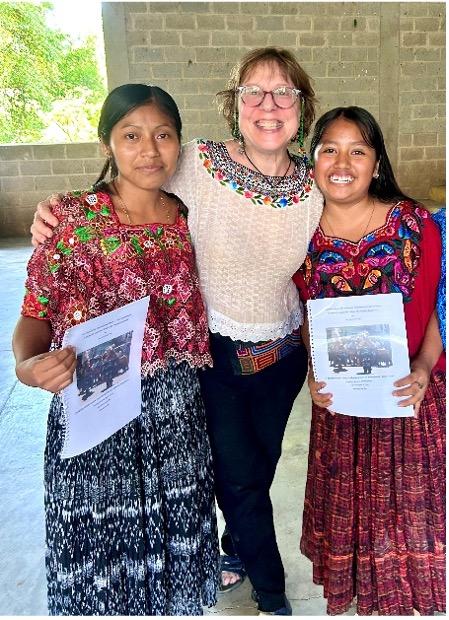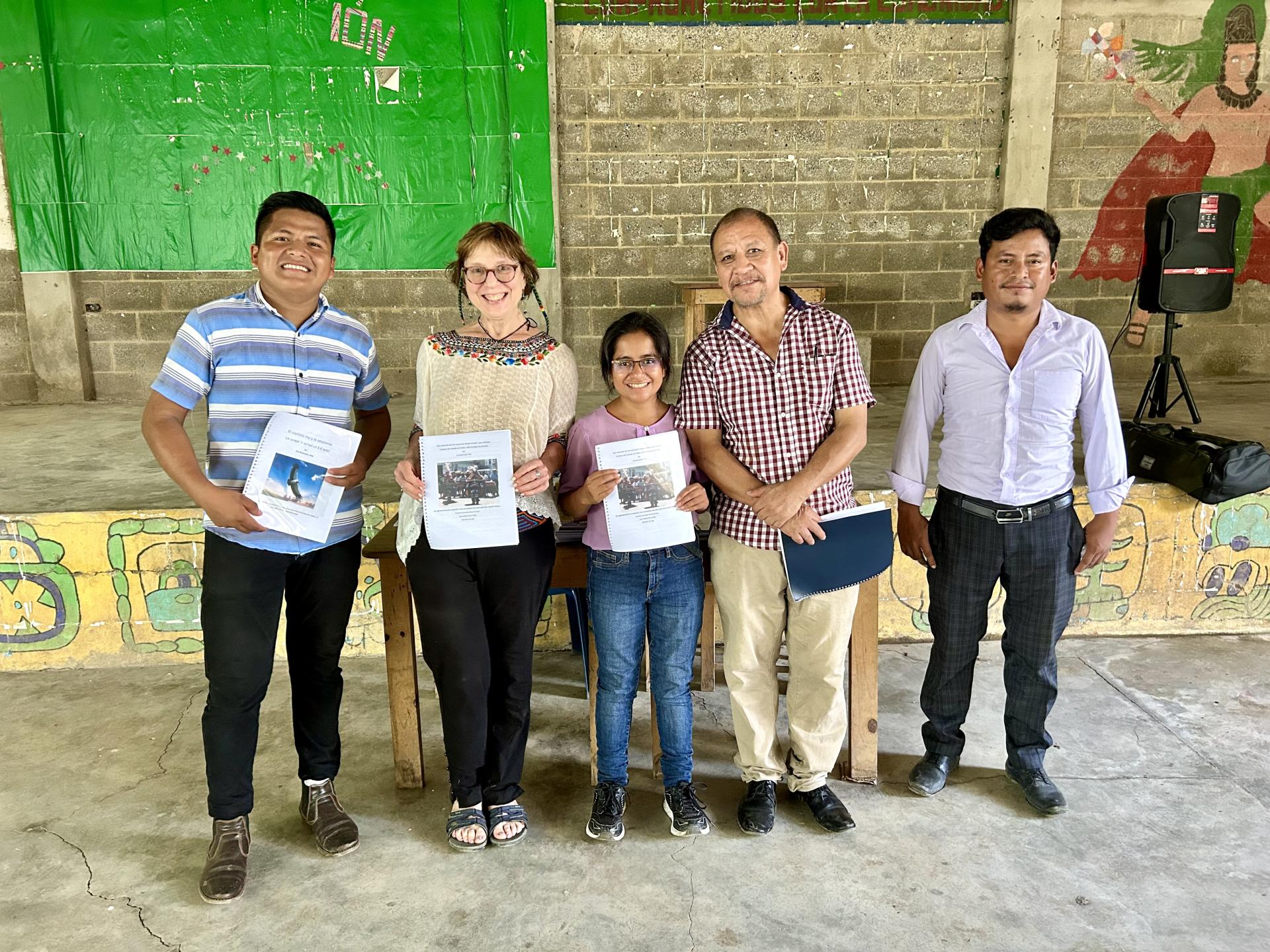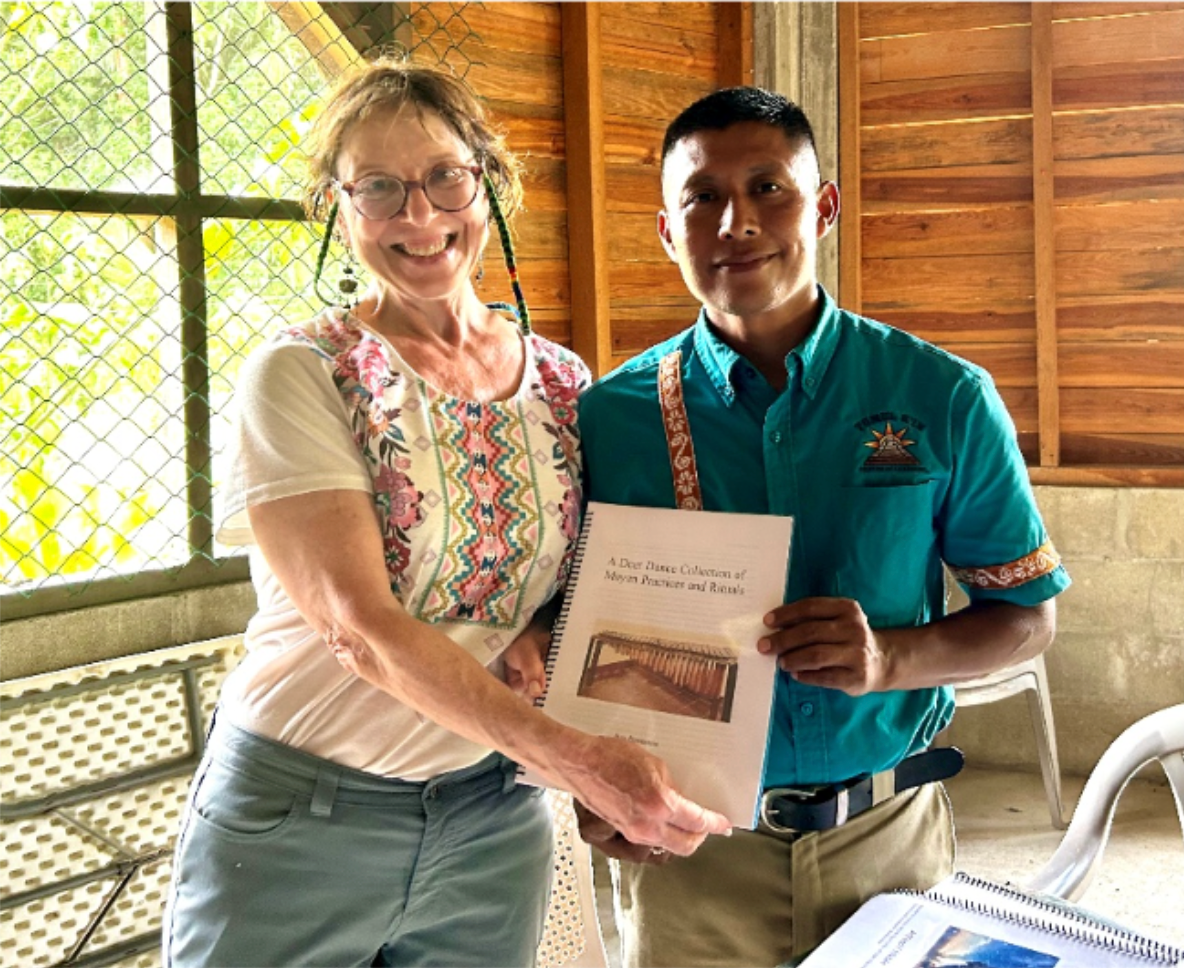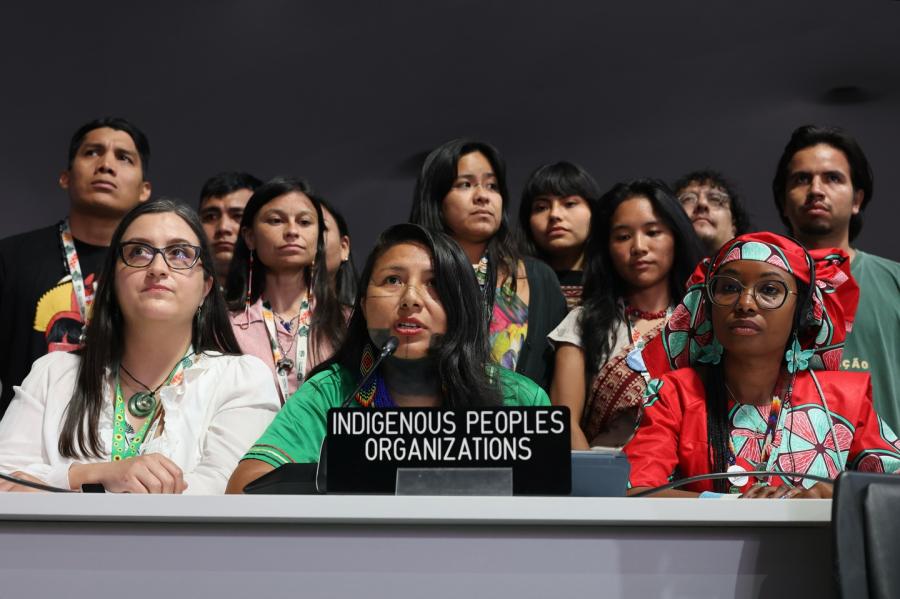
Cultural Survival's community includes people from all walks of life, with beautiful stories to tell of your own about why you decided to become an advocate for Indigenous Peoples' rights. Sharing these stories further connects our community, provides much-needed solidarity and validation to our staff and partners on the ground, and helps us inspire others to join our movement. We are excited to spotlight members and former interns of our community and highlight your contributions and perspectives through our Cultural Survival Spotlight series.
Are you a former Cultural Survival intern or a passionate member of our community? We'd be honored to hear and share your story!
Ava Berinstein, Cultural Survival Former Intern (2013-2014)
When were you a Cultural Survival intern and what program did you work with?
I was (and still am) interested in the Guatemalan Radio Program. I believe I was volunteering at CS while completing a fellowship at the David Rockefeller Center for Latin American Studies at Harvard University from 2013 – 2014.
Where are you currently in your career, and how do you see your internship experience connecting to your present work?
During my time at CS, I was focused on digitizing my collection of 21 Q’eqchi’ legends and rituals that I had recorded on tape cassettes in 1978 – 1980. My hope was that once the tapes were digitized (through my DRCLAS Fellowship), the CS Guatemalan Radio Program contacts in Alta Verapaz (AV) would help me to connect with radio producers to broadcast some of these legends in an effort to help restore “collective memory” and revitalize the oral tradition. As elders die, it is always a cultural risk that the traditions, beliefs, and values will die too. In AV, where 99.9% of the population is Q’eqchi’, and the majority of elders are monolingual speakers who neither read nor write, having the ability to broadcast the legends on the radio would have provided greater access to this valuable narrative resource. Unfortunately, at that time, the radio stations in AV were not available. Due to CS contacts, however, I did have the ability to share my digitized collection with the Tumul K’in Maya Center in Belize, where Q’eqchi’ is spoken and where they produced a weekly radio program that incorporated my digitized folklore collection in 2014. (See the CS Quarterly article on Q’eqchi’ Maya Language Revitalization Through Verbal Art, 4/27/2014).
Currently, I am “officially” retired. Unofficially, I am now living out my life’s passion and working as the Director of Development for an indigenous-led Q’eqchi’ Maya organization (Q’eqchi’ Association Xch’ool Ixim) where I work to integrate Q’eqchi’ Maya cultural education into the curriculum, as I fundraise to support bilingual (Q’eqchi’ – Spanish) education for primary and secondary students, and support teacher training. Most recently, we were awarded two years of funding from the Tinker Foundation, which will allow us to develop the first local Q’eqchi’ Maya curriculum for 45 pueblos in the Nimlaha’kok region of AV, impacting 2,700 students, as well as teachers, parents, and elders who will be actively engaged in the curriculum development.

Do you have a particularly memorable moment, interaction, or experience from your internship that had a lasting impact on you?
Yes, I do have a lasting memory, although it took 10 years to emerge. In 2014, when I visited the Tumul K’in Center, I played the Q’eqchi’ narrative of “The Dance of the Deer.” As is always the case, everyone in the class was familiar with the pre-Columbian dance, and many of the kids had actually danced in it! No one, however, had ever heard the legend as to why the dance is performed, or how it came to exist. The narrative captivated everyone’s attention. While they listened, I had asked the students to draw a scene from the narrative; anything that captured their imagination. I collected all of the drawings and I told the class that I intended to make a book and use their drawings to illustrate it. Upon hearing this, one little boy asked, incredulously, “You mean we will have a book?” I said “Yes.” His voice and the way this little boy asked the question, stuck with me; probably because I knew that this would be the first book that this child would ever own, and he was a 7th grader. A great deal of time passed since then. In fact, 10 years passed. I returned to Tumul K’in in 2024 and met the new principal (who had been there in 2010, as a student). Again, with the facilitation of a CS contact, I was able to join a teachers’ meeting and present 30 bilingual Q’eqchi’ – English booklets that contained the original drawings from the 2014 class in a 3-story collection about the deer dance and deer dance customs. The principal was over-joyed as we all sat around the conference table and took turns reading the legend in Q’eqchi’. He promised that he would be sure to contact each of the kids – who were now young adults, as well as the teachers who had helped me ten years’ prior. Promises are made to keep. I am so happy that I had the opportunity to finally come through.

Photo from 2014 visit to Tumul K’in (Belize) with Principal Filberto Rash
With the support of the Tinker Foundation, the Q'eqchi' Association Xch'ool Ixim (Heart of Corn) has published bilingual Q'eqchi'-Spanish and bilingual Q'eqchi-English editions of the "Dance of the Deer" (2025) volume. Maya communities face the rapid loss of language, traditional knowledge, and cultural practices due to centuries of marginalization, limited educational resources, and pressures of globalization. Without support for cultural education and revitalization, these living traditions risk disappearing, weakening community identity and connection to ancestral values that have sustained the Maya people for generations. Xch'ool Ixim's programs integrate Maya cultural education into the curriculum to preserve ancestral knowledge, revitalize language, and ensure the continuity of Maya heritage for future generations.
Is there anything else you would like to share about your intern experience or insights for future Cultural Survival interns?
Working with CS staff and Indigenous leaders is an important opportunity that can help shape who you become as a leader and professional. It is always important to give back to your community and to believe in what you do. Working with like-minded professionals who are equally passionate, or driven by social justice and human rights initiatives can help open your mind to other possibilities and world views; hopefully, it can serve as a guiding inspiration for your own legacy and who you decide you want to become. Lastly, I would say, never give up. Things take longer than you think. I had to wait several decades before my narratives could be digitized, and another decade before they could be broadcast on the radio. Now, it has been nearly five decades, and my bilingual Q’eqchi’-Spanish narratives are being integrated into the Maya cultural education curriculum in Guatemala, and primary and secondary students are reading them aloud! Having a vision is a good thing. Stick with it. For more information, visit www.Xchoolixim.org or email Aberinstein@Xchoolixim.org.
Are you a former Cultural Survival intern or a passionate member of our community? We'd be honored to hear and share your story!



